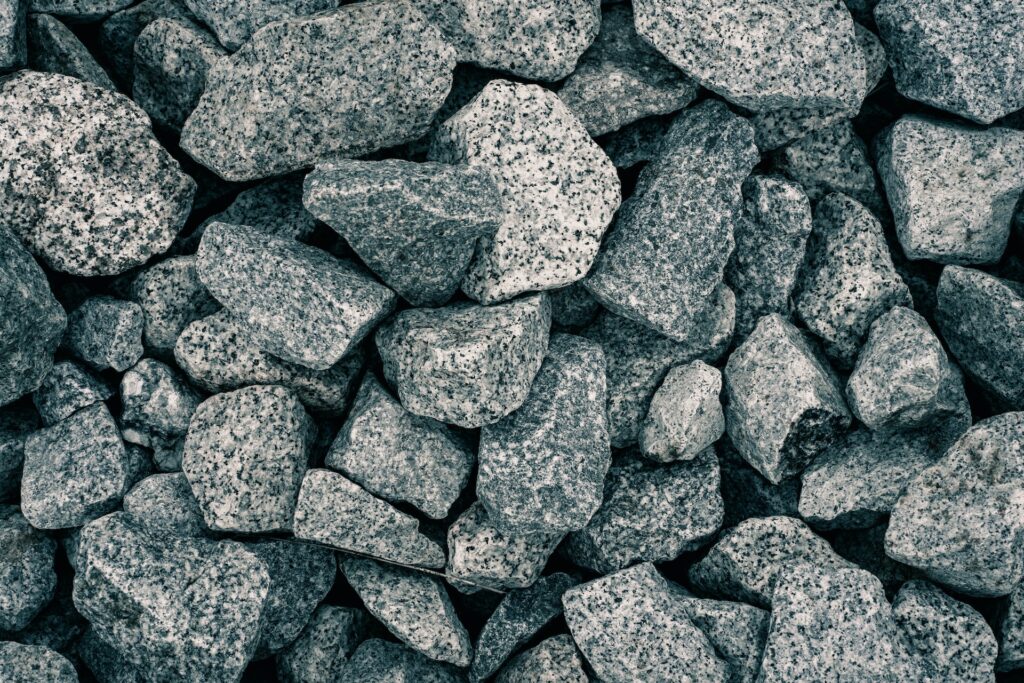Considering dolomite vs. granite is not uncommon, given that they are two popular stone options for home renovations. Wondering which one to choose?
Dolomite and granite are used as natural stones in house construction and design.
Dolomite, a form of limestone, has a grainy and somewhat porous texture.
Granite, on the other hand, is a solid, robust, and durable igneous rock.
Dolomite tends to have lighter hues, while granite has more varied colors and veins. Both stones can add a distinct flair to your home.
Read on to learn the key differences and determine which stone is the perfect choice for your next project.
Dolomite Vs. Granite: Key Differences
Dolomite and granite are both types of natural stone that are often used in construction. However, they have some differences that distinguish them from each other.
1.) Appearance
Unlike granite, dolomite often displays a more consistent appearance with little color and pattern variation.

It also often has a softer, more delicate appearance than granite, which appears bold and rough.
On the other hand, granite is known for its unique patterns and colors, and each piece has its distinct look.
2.) Durability
Dolomite is a relatively soft stone, which makes it more prone to scratching and chipping.
In contrast, granite is known for its high durability and resistance to scratches, chipping, and staining.
3.) Texture
Granite is a dense and hard stone known for its coarse and grainy surface.
Its granular texture gives it a natural and organic appearance. On the other hand, dolomite has a smoother and more uniform texture.
Its surface is usually composed of smaller, finer crystals that give it a more refined appearance.
4.) Maintenance
Granite is renowned for its toughness and immunity to scratches, spills, and heat, making it ideal for high-use areas.
However, you must seal it regularly to keep it looking its best.
Dolomite is slightly more prone to scratches and stains than granite.
It’s also more sensitive to acidic substances like lime juice or vinegar, which can etch its surface.
So, although it’s relatively low maintenance, you must be careful about how you use it.
5.) Uses
Both dolomite and granite can be used in various applications, including countertops, backsplashes, flooring, and even walls.
However, granite is considered more versatile due to its durability and resistance. On the other hand, dolomite is often used in areas with lower foot traffic and for decorative purposes.
Granite has a natural and organic look, making it a popular choice for kitchen countertops, vanities, and flooring.
Dolomite is a good choice for rooms that require an elegant and sophisticated look. These include dining rooms and living rooms.

6.) Price
Dolomite is considered a cheaper alternative compared to granite.
Dolomite is a sedimentary rock known for its uniform texture, making it ideal for those seeking a subtler look.
In contrast, granite, formed from molten magma, is an igneous rock with a distinct appearance.
Due to this, granite is often perceived as higher quality and more expensive.
Conclusion
Dolomite and granite are two popular materials used in construction and design.
Knowing the differences between dolomite and granite will help you make informed decisions that fit your style and budget.

